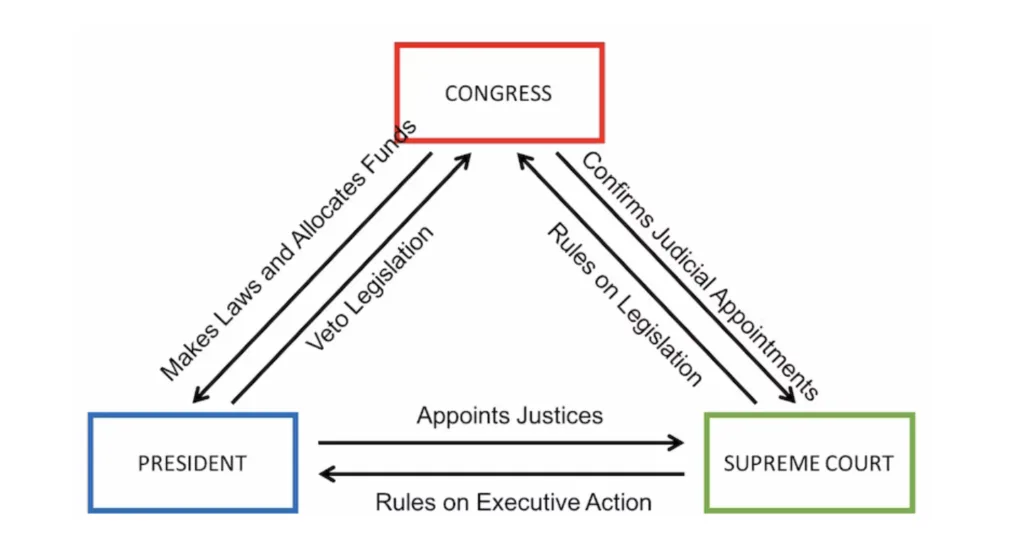What are the Different Types of Power Turbines?

Power turbines are pivotal in modern energy generation, playing a critical role in converting various energy sources into mechanical or electrical power. From massive power plants to small-scale industrial applications, turbines are versatile machines that drive the engines of industry and innovation. They are the backbone of electricity generation and are also widely used in transportation, manufacturing, and renewable energy systems.
Turbines harness energy from diverse sources such as steam, gas, water, wind, and geothermal heat. Each type of turbine is uniquely engineered to operate under specific conditions, maximizing efficiency and performance. For instance, steam turbines dominate in large-scale power plants, while wind turbines are key components of renewable energy farms.
Steam Turbines
Steam turbines are a cornerstone of modern power generation, transforming thermal energy from high-pressure steam into mechanical energy, which is then used to produce electricity. They are widely utilized in power plants, industrial facilities, and even marine propulsion systems due to their efficiency and reliability.
How Steam Turbines Work
The working principle of steam turbines is based on the thermodynamic Rankine cycle. High-pressure, high-temperature steam enters the turbine and expands across a series of rotating blades. This expansion converts the steam's thermal energy into mechanical energy, which drives a generator to produce electricity. The process is efficient and can be tailored to various industrial needs.
Types of Steam Turbines
-
Condensing Turbines
-
Description: Steam is discharged into a condenser at a pressure lower than atmospheric pressure, maximizing energy extraction.
-
Applications: Large-scale power plants where high efficiency is required.
-
Non-Condensing (Backpressure) Turbines
-
Description: Exhaust steam is not condensed but utilized in industrial processes requiring low-pressure steam.
-
Applications: Pulp and paper mills, sugar refineries, and chemical plants.
-
Reheat Turbines
-
Description: Steam is reheated between turbine stages to improve efficiency and reduce moisture content.
-
Applications: High-capacity power plants and combined cycle systems.
-
Extraction Turbines
-
Description: Steam is extracted at intermediate pressures for industrial use, while the remaining steam continues to generate power.
-
Applications: Co-generation facilities and industries requiring process heat.
Gas Turbines
Gas turbines are versatile and powerful machines that convert the energy from combustion into mechanical energy, which can be used to generate electricity or drive machinery. They are widely employed in power plants, aviation, and industrial applications due to their efficiency, reliability, and rapid startup capabilities.
How Gas Turbines Work
Gas turbines operate on the Brayton cycle, where air is compressed, mixed with fuel, and combusted. The high-temperature, high-pressure exhaust gases expand through turbine blades, driving a shaft connected to a generator or mechanical system. The process involves three main stages:
-
Compression: Ambient air is drawn into the compressor and pressurized.
-
Combustion: Fuel is injected and ignited in the combustor, producing hot gases.
-
Expansion: The hot gases pass through the turbine, spinning the blades to produce mechanical energy.
Gas Turbine Control System
A Gas Turbine Control System is essential for managing the performance and safety of gas turbines used in power plants, aircraft, and other applications. It regulates key parameters such as fuel and air flow, turbine speed, and exhaust temperature to ensure efficient operation. These systems are designed to adjust in real-time to changing conditions, optimizing turbine performance while maintaining safety standards.
The control system consists of various components, including a central control panel, sensors, actuators, and a human-machine interface (HMI). Sensors monitor vital data like pressure, temperature, and vibration, sending it to the control system for analysis. Actuators adjust mechanical parts, such as fuel valves, based on control signals. This constant monitoring and adjustment help the turbine operate within safe limits and achieve peak performance, preventing damage and ensuring reliability.
Advancements in gas turbine control systems have led to the integration of digital technologies, providing features like predictive maintenance, automated diagnostics, and remote monitoring. These innovations improve the system's ability to optimize fuel usage, reduce emissions, and integrate with renewable energy sources. As turbines continue to evolve, so do the control systems, addressing new challenges like cybersecurity and the growing need for sustainable energy solutions.
DS200TCQAG1BHF, DS3000-140A, DS3820PSCB1C1B are examples of gas turbine control system components.
Hydraulic Turbines
Hydraulic turbines, also known as water turbines, are devices that convert the kinetic and potential energy of flowing or falling water into mechanical energy, which is then used to generate electricity. They are integral components of hydroelectric power plants and operate efficiently under varying water flow and pressure conditions. Hydraulic turbines are classified based on their design and operating principle, including Pelton turbines for high-head, low-flow scenarios, Francis turbines for medium-head applications, and Kaplan turbines for low-head, high-flow conditions. Additionally, Crossflow turbines are used in small-scale or micro-hydropower systems. Known for their high efficiency and sustainability, hydraulic turbines are pivotal in producing clean, renewable energy and are widely used worldwide to harness the power of rivers, dams, and tidal flows.
Geothermal Turbines
Geothermal turbines harness energy from the Earth's natural heat, converting steam or hot water from geothermal reservoirs into mechanical energy to generate electricity. These turbines are central to geothermal power plants and operate on different configurations depending on the characteristics of the geothermal resource. Dry steam turbines directly use steam from the reservoir, while flash steam turbines utilize high-pressure hot water that is rapidly vaporized into steam. Binary cycle turbines, on the other hand, transfer heat to a secondary working fluid with a low boiling point, making them suitable for lower-temperature geothermal sources. Geothermal turbines offer a clean, reliable, and sustainable energy solution, as they produce minimal greenhouse gas emissions and operate continuously, making them an essential component of renewable energy strategies worldwide.
Comparison of Power Turbines
Power turbines differ significantly in their energy sources, efficiency, applications, startup times, environmental impact, and scalability. Steam turbines are highly efficient in large-scale power plants, utilizing steam from fossil fuels, biomass, or nuclear energy, while gas turbines, known for their versatility and quick startup, are widely used in power plants, aviation, and industrial drives. Hydraulic turbines, often exceeding 90% efficiency, are exclusively used in hydroelectric systems, converting water energy into electricity. Wind turbines harness renewable wind energy with variable efficiency based on wind conditions, while geothermal turbines rely on Earth's heat for sustainable power. Environmental impacts also vary: hydraulic and wind turbines have minimal emissions but may affect ecosystems, whereas gas turbines emit greenhouse gases but are cleaner than coal systems.
Conclusion
Power turbines are indispensable in the global energy landscape, converting energy from various sources into mechanical or electrical power. Each type of turbine—whether steam, gas, hydraulic, wind, or geothermal—has distinct advantages and is suited for specific applications. Steam and gas turbines dominate in large-scale power generation due to their efficiency and reliability, while hydraulic turbines are crucial for renewable hydroelectric energy. Wind and geothermal turbines play pivotal roles in sustainable energy production, offering environmentally friendly solutions to meet growing energy demands.
What's Your Reaction?





















